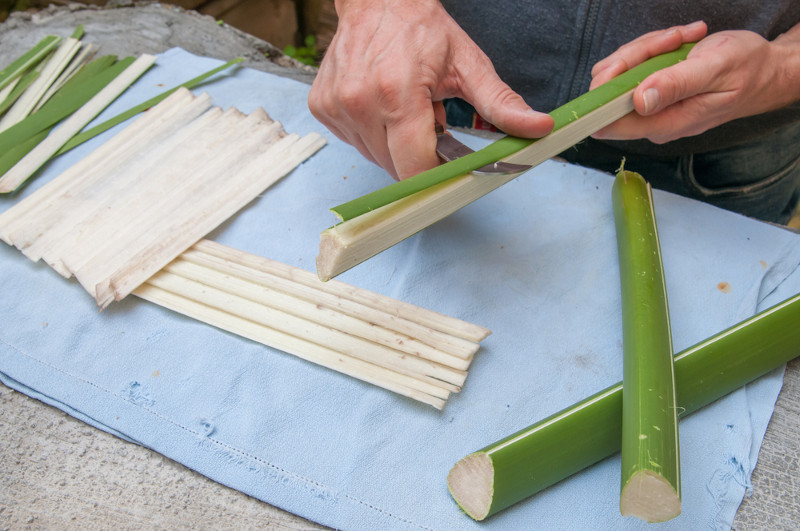
Papyrus is a very common plant in Egypt that was used to produce a sheet that served as a surface for the ancient Egyptians to write on.
Papyrus is a plant that was found in abundance in Egypt and was used in the manufacture of different items, such as papyrus sheets, used for writing. Papyrus was one of the most used supports for writing in Antiquity .
Its production was long and required qualified personnel, scribes. This made papyrus sheets expensive commodities, and so scribes went through a long training process. Papyrus lost space with the emergence of parchment , but was widely used until the 11th century AD
Summary about papyrus
- Papyrus is an aquatic plant found in abundance in Egypt.
- It was used in the manufacture of different items.
- To make papyrus sheets, the Egyptians used the plant’s stems.
- The process of producing papyrus sheets is believed to have emerged around 3000 BC
- Papyrus lost some of its influence with the emergence of parchment.
Origin of papyrus
When referring to papyrus, what comes to mind are the papyrus sheets, used by the ancient Egyptians to write their texts. Before being a raw material , papyrus was already a very common plant in Egypt. Its scientific name is Cyperus papyru s, and the plant is found in swampy places. Different products were made from it, including: leaves, ropes, baskets, carpets, shoes, etc.
The word papyrus gave rise to the word paper , the writing medium we use today. The name of the plant and leaves was given by the Greeks and derived from the Egyptian word papuro. Despite this, the Egyptians called the plant djet , tjufi or wadj . Papyrus leaves were called djema by the Egyptians . It is believed that the production of papyrus sheets was developed in Egypt around 3000 BCDon’t stop now… There’s more after the advertising 😉
Production of papyrus sheets

Egypt was the major producer of papyrus in Antiquity, and this was due to the abundance of the plant in the region. From the moment the Egyptians realized the uses that could be made of the plant, it began to be cultivated on farms, and its planting and management were under strict control of the Egyptian government.
Papyrus was a plant that could reach five meters in height, and the leaves were produced using the plant’s stems. The papyrus production process worked as follows:
- The plant was removed from the ground, and then its stem was cut into small strips placed side by side, forming a surface.
- A resin was passed on this surface, and a second layer of papyrus rods was passed in another direction (one layer was horizontal and the other was vertical).
- The strips were pressed and placed to dry in the sun.
- After drying, the sheet was ready.
The production of papyrus could take place in such a way that several pages were made at once. They were manufactured spliced together, and this allowed the papyrus to be rolled up. Papyrus rolls were the most common way of organizing writings in Antiquity. In general, papyri were produced in 20 pages, which was six to 10 meters long. However, there are mentions of papyrus rolls measuring around 100 meters in length.
Use of papyrus sheets
Papyrus sheets produced in Egypt became popular in Antiquity and were used by the Greeks and Romans , for example . The Egyptians used them mainly for governmental and religious purposes, and only people in good financial condition were able to access this commodity in Egypt.
Those responsible for recording information on papyrus sheets underwent demanding training and initially practiced on other surfaces, such as pieces of wood and stone. Only after much practice was a scribe authorized to use papyrus sheets. The high price of the material justifies this care.
In general, papyrus sheets measured:
- religious texts ;
- hymns;
- government documents;
- scientific texts;
- charms;
- literary texts.
The Egyptians used the colors black and red to write. Papyrus sheets were widely used until around the 11th century AD